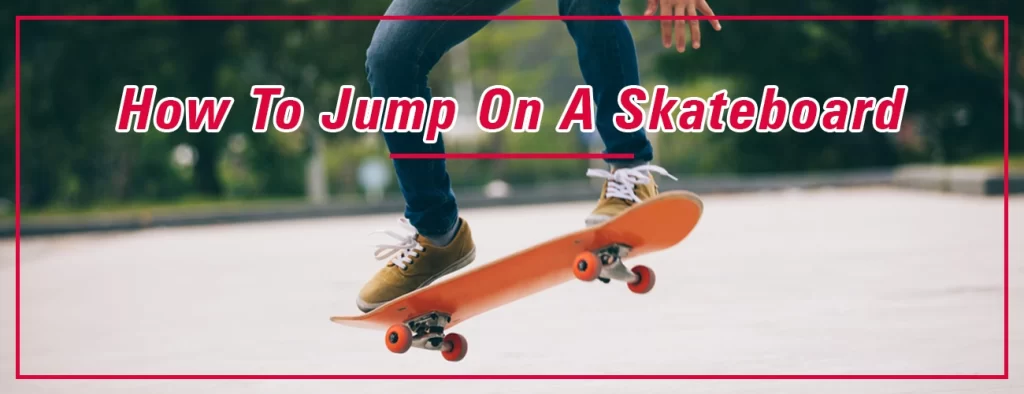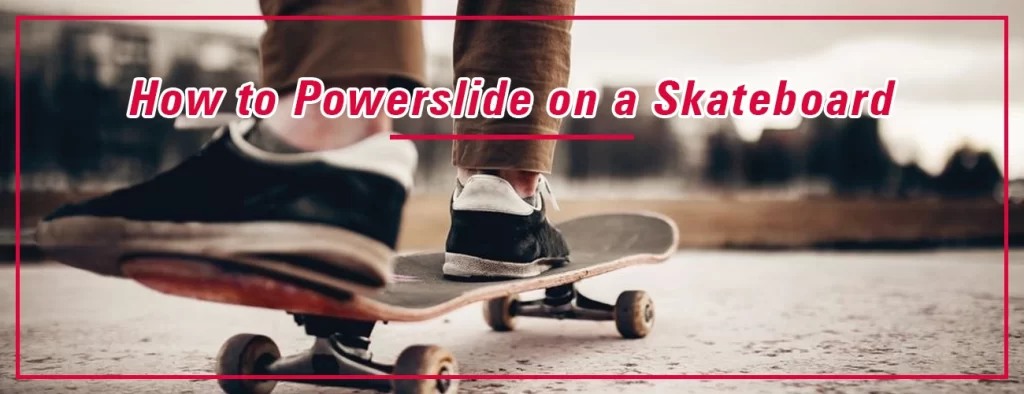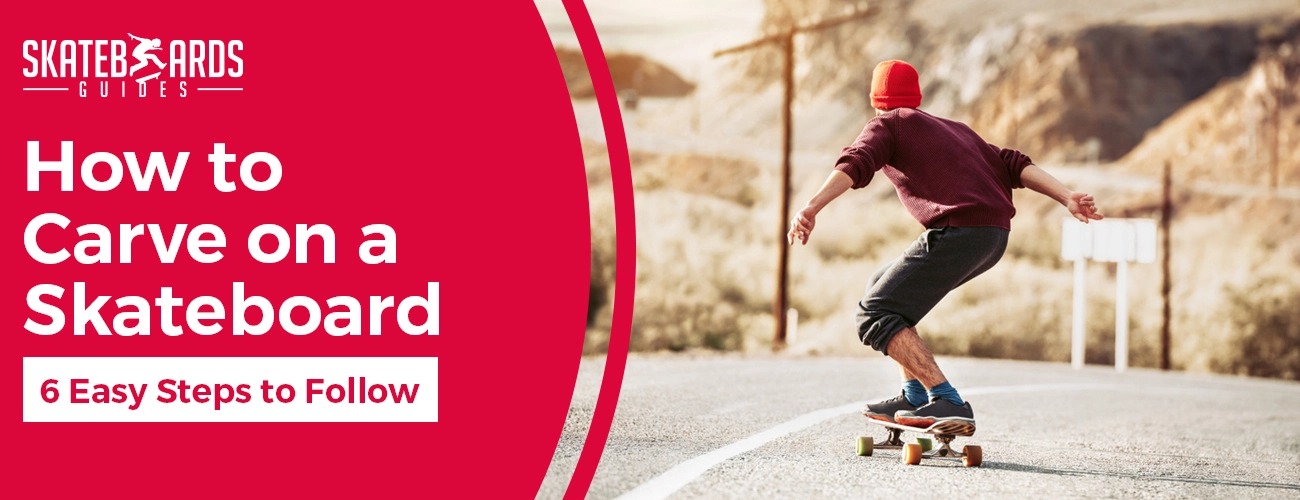Do you want to carve like a pro skateboarder? Do you feel like never mastering this skill? It doesn’t mean that you can’t do it. Maybe you are trying in the wrong way. Don’t worry! We will tell you how to crave a skateboard the right way.
To carve means to skate in a floating way. Carve is the successive back-and-forth turns, making an S-like trajectory of the skateboard. Skateboarders use it to keep up their momentum and speed. This floating movement looks amazing in doing almost all the tricks. Whether you are cruising down the hill or doing the fakies, carving is the basis for them all. Let us learn how to carve on a skateboard.
How to Carve on a Skateboard | Step-By-Step Guide
Before getting started with carves, here are some useful tips to follow. The following tips can be your lifesaver. You must follow the steps if you have little to no idea about carving.
- Loosen your trucks. Loosen trucks are always helpful in doing carves. They allow free forward and backward motion of the board.
- If you are a beginner, try to keep it flat initially. Practice on a smooth clear area without curves. Learn to do basic carves before stepping into the curves and edges.
- Keep the heels and the toes matching. Move the head toward your heels and toes alternatively. Aligning the body with the move is very important in carving.
- Maintain a good speed. Just like riding a bike, balancing at low speed is difficult as compared to high speed.
Let’s move on to learn how to carve on a skateboard. Here is a quick guide that will bring you in good shape. Follow the steps below.
Step 1. Deciding Your Dominant Foot
Most of the new riders don’t know what their dominant foot is. Most skaters use their dominant foot to push themselves forward. If you don’t know it, don’t worry. Stand on the stationary board and ask someone to push you from the back. The foot you will use to balance yourself at the moment is your dominant foot.
Step 2. Carve on a Stationary Board
You need to learn balancing first. Try this on a stationary skateboard. If you have a good practice of balancing, then you are good to go for carving. I would suggest you start carving on a stationary board. Learn to maintain balance while slightly tilting on the edges. In this way, you will learn to keep your body in place while shifting the weight forward or backward.
3. Push a Little and Balance
Use your dominant foot to push yourself and get speed. If you are a new rider and can push yourself, ask your friend. Ask someone to push you from the back while you stand on the board with both feet. Grab a good speed and balance yourself.
Make sure to make enough space in front of you before starting. You would not want to bump into some other rides. Practicing requires good space and a path. Make enough room in front of you to avoid accidents.
4. Curve Inward
The first step toward carving is to practice bending. Press your toes to slightly bend the skateboard toward the right. Putting the left foot on the front truck will bend the skateboard towards the right side and vice versa. Move your shoulders toward the toe side and bend your knees. This will lower the center of gravity and reduce the chances of falling.
5. Cure Outward
Stand back on the initial position after craving inwards. Now push down the heels and bend the board outward. Try to lean at the back slightly. This is to maintain the balance. Make sure you are moving with enough speed so you don’t fall back. Curve outward is a little hard since the body weight is at the backside. You have to keep the knees straight and the shoulders in the center of the board to curve outward.
6. Skate at High Speed
Lastly, you have to practice carving at a higher speed. No one can do it at once. Try to practice regularly until you master the move. I would suggest you carve into the flat area first. Once you manage to stay on the board after tilting back and forth, you can try this move-on curve and slops.
Don’t want to do the conventional carving? Don’t worry. We have brought some amazing tricks of carvings into words. Below I have mentioned some amazing tips for applying various tricks on the carves.
Backside Bank Ramp Carve
Carving on the bank ramp is a bit challenging. In addition to keeping the body balanced, you have to deal with gravity as well. A pro tip for this style is to keep the speed high. At high speed, you can stick around the curved shape and push yourself to the surface. Take a smooth start. As you move with the body weight up, lean on your toes, turn a little bit forward, and bend down to some extent. Keep your head over the front foot and reach the flat surface.
Front-side Bank Ramp Carve
This is a little bit hard in the beginning. The tip for this move is to get the feet pushing the bump side. Press down on the heels and take a smooth turn. Don’t push the toes or body weight forward when you reach the flat area. Stay on the heels and ride smoothly towards the flat.
Backside Quarter Pipe Carve
Keep the heels and toes aligned. You will need to have a higher speed to push against the wall. Go with a good speed, and pump your body upward. While riding away from the ramp, keep your head forward, toward the edge of the ramp.
Riding the skateboard at a higher speed can be a little risky. Therefore, wear safety gear and protect yourself from hurting. Take big curves at the start as they are a bit easier. While doing the quarter pipe carves, practice keeping weight on the toes and readily switching to heels to maintain stability.
Front side Quarter Pipe Carve
The front side is always thrilling. Make sure to wear the knee pads. The front side may also require you to do the kicks to turn around. Be prepared. A tip for this trick is to move your shoulders with the turn.
Backside Vert Wall Carve
Vert walls are thrilling to ride on. Nevertheless, it doesn’t come without challenges. Doing vert carvings requires an even higher speed. The height is usually more than 6ft in this case. As long as you can manage high speed with gravity, you can do backside vert wall carves easily. If you skate too high, the wheels are going to break traction, resulting in sliding down. Therefore, I am putting the focus on higher speed.
Front-side Vert Wall Carves
The front-side vert wall carving is going to be difficult. However, if you follow the tips, you can learn this too.
As you go up, lift your body weight upward. Instantly, lean as much as you can. The more you bend downward, the more your skateboard gets closer to your face. You may feel like sitting backward, leaning side-ward to the wall, and pushing the skateboard just like surfing in the ocean. On the way back, you need to align the body with the skateboard and ride away from the wall.
This was all the moves of carving. I have provided you with all the necessary tips to try the adventurous moves of carving. Now let’s move on to how to safely ride the skateboards.
Learning the Carves Safely
Here are some takeaway notes to ride safely on the skateboard while carving.
- Wear the protection tools
Wear a helmet, elbow pads, and knee pads before starting with carves. The advanced carving styles are not safe enough. Otherwise, you may end up pretty hurt.
- Follow the instructions
Before doing anything practically, do proper research about it. Don’t take an abrupt start. Read the tips given above and then start with the initial steps.
- Start in a less rushy area
To avoid bumping into someone, and getting someone hurt, start at an open empty place. Observe other skaters doing this trick so you know what path to follow.
- Start with a flat area
Everyone recommends a beginner to lean carving on a flat surface. Once you learn to align the body weight with the movement, you can play with gravity.
How to Jump Onto a Skateboard

Jumping onto the skateboard while running gives a fancy touch to your skateboarding style. Additionally, it allows a speedy start. Before learning to jump onto the skateboard, make sure you manage to stand on the skateboard first. In this guide, you will learn how to get onto the skateboard while running.
So basically, there are two ways of jumping onto the board. One is when the skateboard is on the ground, other is when holding the skateboard.
1. Skateboard on the Ground
One way to jump onto the skateboard is by leaving the skateboard on the floor and jumping over it. Follow to steps to know how to do it.
- Place the board in the direction you want to cruise.
- Step away from the skateboard. Take two to three steps to build some momentum.
- Jump onto the board such that both feet land on the skateboard at the same time.
- Place the left foot on the front truck if you are a conventional rider. Otherwise, right foot ahead if you are a goofy rider.
- Keep your knees flexible so that you can ride smoothly.
- Keep your head in the direction of movement in the correct skating stance.
- You can also push the board slightly before jumping over it.
- In this case, jump with the dominant foot landing on the skateboard first.
- Try to stay balanced and move forward.
2. Holding the Skateboard
The second way to jump onto the skateboard is when you are holding up the board. Running and getting onto the skateboard gives good momentum. Additionally, the stunt looks so cool. Follow these steps to learn this trick.
- Grab the nose of the board in your left hand if you are a normal skateboard rider or in your right hand if you are a goofy skateboarder
- Drag the skateboard’s tail on the floor and run a few steps.
- The instant you want to skate, release the nose off and jump with the dominant foot first on the board.
- Place the left foot at the rear truck and bend a little.
- Keep the center of gravity low to maintain balance. Practice more than once to master this move.
This is all about how to jump onto a skateboard. Now let’s learn some more amazing tricks on a skateboard. Mastering the skateboard is all about practice. However, you must research it first. I will show you another powerful move i.e. the Power-slide.
How to Powerslide on a Skateboard

Powerslide is the most gorgeous and quickest way to stop your skateboard. Powerslide is turning your skateboard around when going too fast. This resists the motion and stops the skateboard. Imagine how useful it can be when you are running in traffic, and immediately want to stop the board. Powerslide is not an easy move and people usually have a hard time learning it. Nevertheless, it is worth mastering. Learn how to powerslide with us.
- The Grip on the Basics
Powerslide is a pretty tough move. You need to have a grip on the basic turnings and balancing of your body first. The move can be really dangerous and you may end up twisting your ankle. Therefore, be careful and make the right adjustments before starting. Many styles of skateboards support this move such as longboards, flying down the hill, and simple cruising. Learn about what style you are going to opt for.
- Learn Foot Placement
Position your dominant foot on the front truck always. Learn to maintain a good speed. Too much and too little speed can end up in a disaster. Nobody wants to get hurt. Therefore, maintain a constant speed while trying powerslides
- Take the Turn
The main part of learning this trick is taking a turn. This is what we call a powerslide. Do it carefully. Press the tail of the skateboard with the back foot. Shift your weight in the front direction and turn the skateboard from your rear foot. Take a 90-degree turn at the start. Note that you have to either slide or drag it on the floor to take the turn. If you try to do kick turns, then you may end up sliding aside from the skateboard.
The speed will reduce and shift the force for sliding the board. This way you will finally stop the board.
- Make Fine Adjustments
Don’t worry if you don’t learn the powerslide on the first try. Keep practicing and you will be in good shape soon. Once you learn to stop, you can make some other tweaks with this move. You can use it to slow down. You may use it to slow down once you master the real stunt. When at a higher speed, you can turn around and slow down the speed.
You can also take a 180-degree powerslide. Instead of a quarter turn, turn the board in half a circle and move around. This is tough but doable with practice.
This is all about learning powerslides. Now you can enjoy skating with these three new skills.
FAQs
Can you carve on a normal skateboard?
A short answer is yes you can. Carving is easiest on a longboard. With practice, you can even do it on mini-boards.
How do skateboarders jump so high?
When they hit the tail of the skateboard, the force exerted by the ground pushes the skateboard up in the air.
Is it harder to power slide with softer wheels?
Soft wheels have more grip, so they hardly slide due to traction. The harder wheels will easily slide, resulting in an easier power slide move.
Final Words
Learning skateboard moves can be hard but not impossible. Once you master them, you will remember them forever. In this article, we learned how to carve on a skateboard. The key is to manage to balance the body. Shifting your body with the forward and backward positions is all you need to do with carving.
Jumping and riding the skateboard is full of style. We see how to jump onto a skateboard. The skateboards are fun and doing tricks can be cool. An important part of jumping on the skateboard is to stay focused.
Our last move was the power slide. Power slide wonderful technique to stop the skateboard. It is of great help when going too fast, or sliding down the hill. Once you learn to power slide, you can use it in doing the fakies, flip tricks, and other moves as well.
I hope you enjoyed learning about such a stunning movement. Keep practicing and be a perfect skateboarder. Happy skateboarding!
